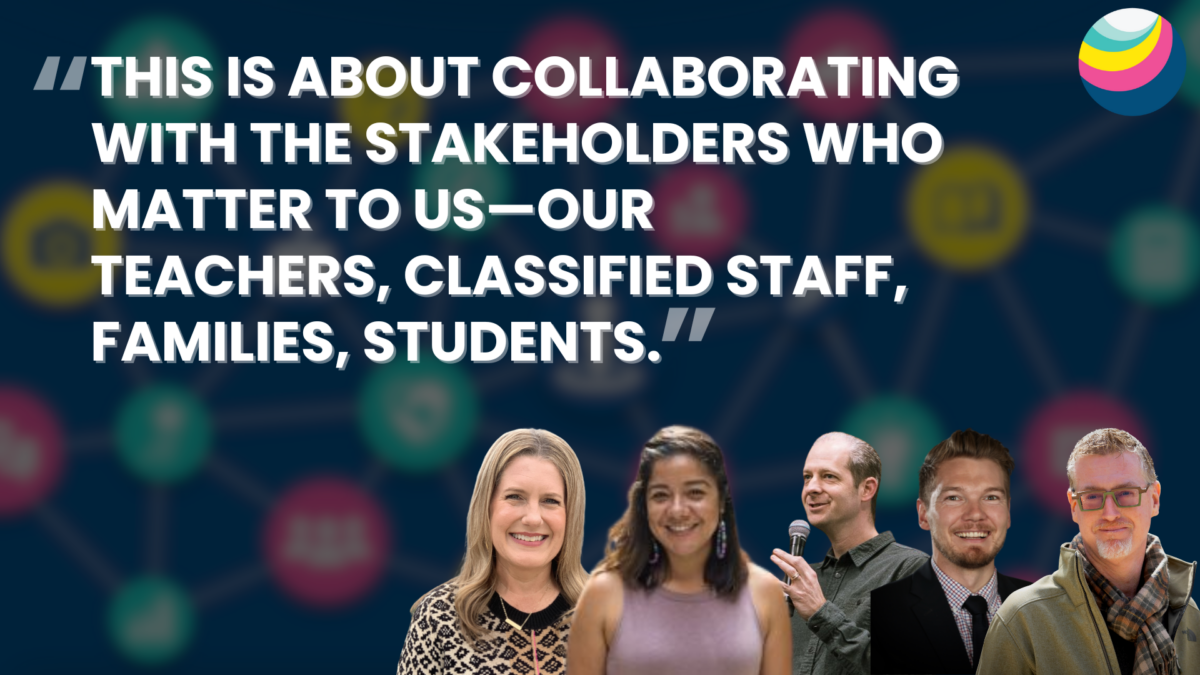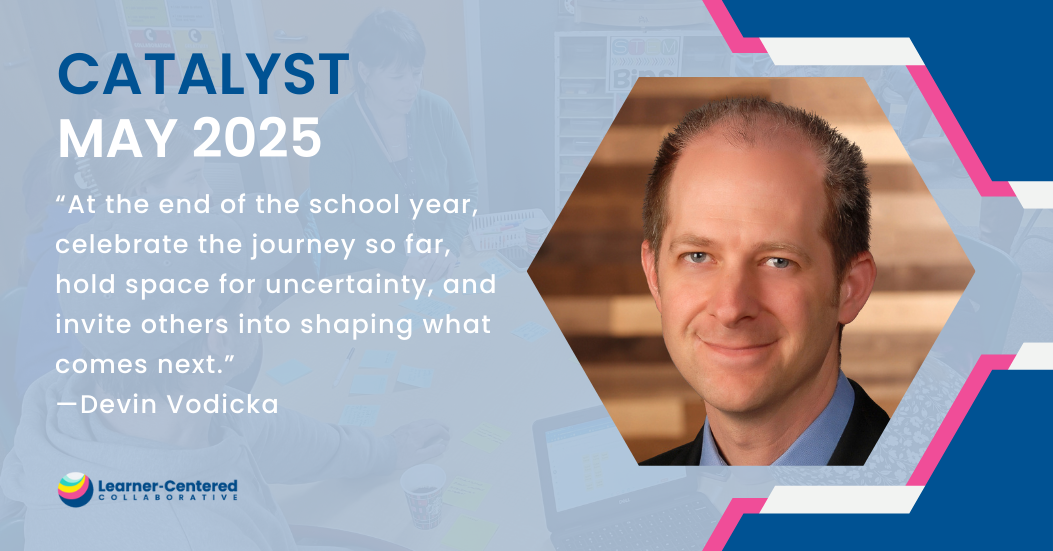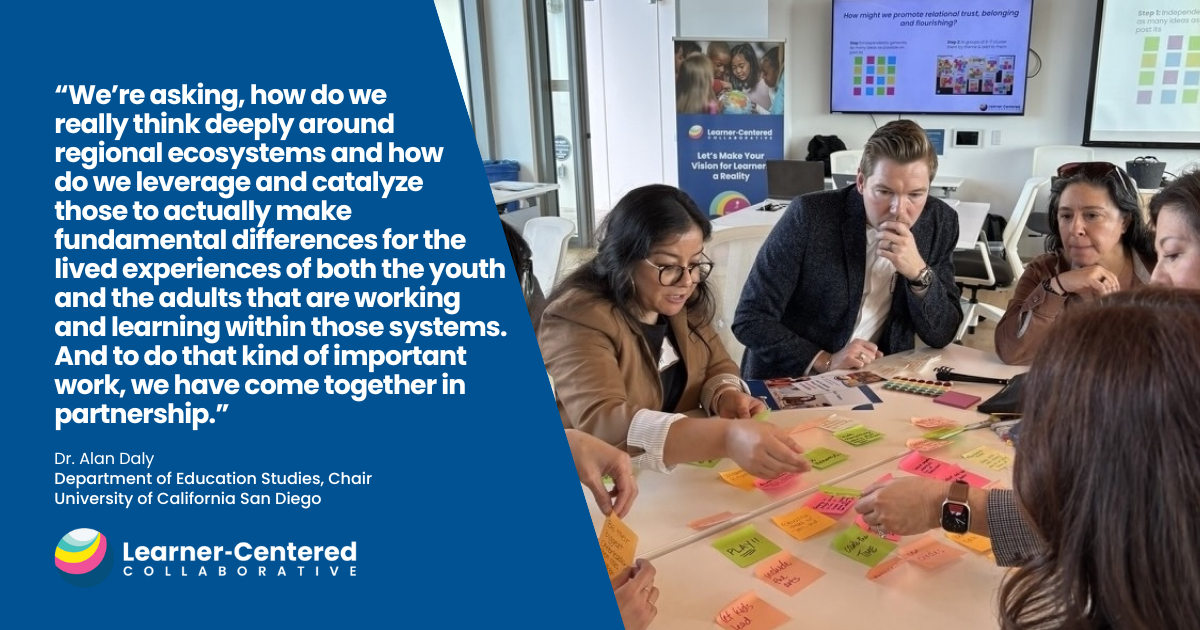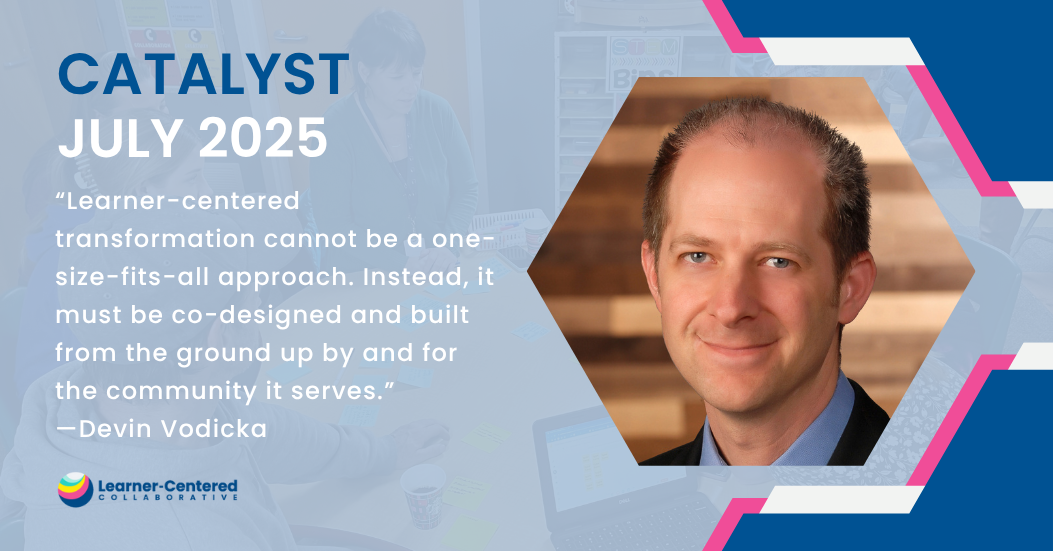Enabling Learner-Centered Education: Teachers, Technology, and the 4 Cs
When my kids Abby and Zack were four and five, they learned how to make soap. Since that day, they have seen themselves as scientists. My husband and I see their constant desire and excitement to learn and create at home driven by intrinsic motivation. So it was a surprise when we went in for my daughter’s parent-teacher conference and discovered she was marked “needs improvement” in science, which she loves. Examining her work, we quickly recognized why: She hadn’t finished copying the sentences from the board to complete her assignment. Her teacher indicated this was a lack of following directions, rather than her actual achievement in scientific concepts. Still, I couldn’t help but think about the stark contrast in Abby’s interest and motivation when the focus was on compliance rather than creating and what she learned in the process.
Ironically, authentic learning is often at odds with the expectations placed on many teachers to cover, assess, and document a student’s achievement based on the standards. In this system, grades, and report cards can become the focus over learning. To be clear, I don’t blame the teachers; we all contribute to this—many parents focus on grades, school leaders hold teachers accountable for grades and test results, and many kids learn how to play the game that the larger education system encourages.
But a different model of teaching and learning exists. I am inspired by many great educators like Ms. Kim, a 4th-grade teacher at High Tech Elementary in southern California. In Ms Kim’s classroom earlier this year, her students engaged in a project where they partnered with local businesses to understand their unique challenges and designed solutions to positively impact the local community. During the project, some students planned a pitch to present to the local water board. At the same time, another group designed a website for the business they partnered with. Still others virtually collaborated with their organization to receive feedback on the product and prototypes they built. The technology in this class allowed all students access to relevant resources, and Ms. Kim connected her students with people both in and out of the classroom, creating meaningful opportunities to learn, create, share, and solve real-world problems.
For more details on this project and student work, check out Project Ideate by @mskimcawkwell.
The Evolving Role of the Educator
The power of teachers isn’t in the information they share, but in the opportunities they create for students to learn how to learn, solve problems, and apply what they learn in meaningful ways. The following characteristics highlight the evolving role of the educator:
1. Co-Designers of Powerful Learning
What’s important to highlight is that this project example didn’t come from the mandated curriculum. It was designed by Ms. Kim, who co-constructed the learning experiences with her students in order to meet the desired learning goals. Both my daughter’s classroom and Ms. Kim’s had a device for each student, but the learning activities in each classroom were designed to produce very different learners, citizens, and workers. Technology can support powerful learning, but there is no substitute for a teacher who designs authentic and relevant learning experiences based on the unique contexts, strengths, and interests of each student.
2. Collaborators as Partners in Learning
As Ms. Kim’s students collaborated with businesses to solve unique challenges, she was learning alongside them. Her students created their own novel solutions, but Ms. Kim supported them in thinking through the ideas and allowing them to explore and teach her what they were learning along the way. When teachers embrace their role as learners, everyone benefits. With so much information at our fingertips and new content and tools being created daily, it’s impossible for any individual to know everything. Teachers and students as partners in learning models lifelong learning and empowers students to explore their passions and interests, rather than solely consume information.
3. Community Developers
Relationships are foundational to learning and teachers play a pivotal role in developing relationships with individual students while also creating the community where students develop relationships with one another.
In contrast to Abby’s teacher-directed classroom that was based on compliance, the structures that Ms. Kim put in place, such as community guidelines and regular classroom meetings, empowered learners to work together, seek to understand diverse perspectives, solve problems, and communicate effectively with one another as well as others in the school and local community. If we want to ensure students have the necessary skills to be successful and productive citizens, it is critical that as educators, we model and practice those skills in our classrooms.
4. Connectors and Activators
Ms. Kim designed opportunities not only for her students to connect with one another in the class but also to access information and ideas beyond what she could provide alone. Connecting with local businesses provided a framework that empowered students to solve relevant problems. This learning experience activated students’ questions and required them to conduct research, work together, and create a product to meet the needs of their business partners. Through diverse experiences and learning opportunities, students built on their prior knowledge and strengths to design a product that addressed a distinct business challenge. Again, the power of teachers isn’t in the information they share, but in the experiences they create. In this project, Ms. Kim connected students to the community and resources that required them to develop the skills, knowledge, and dispositions to solve authentic problems.
Watching my kids’ excitement and desire to learn and create reinforces the importance of prioritizing the desired learning experiences in school. If we really value the creation of new ideas, we have to model and support this type of learning in our classrooms. We can’t say that we want creative thinkers and problem-solvers yet stifle those opportunities in school to ensure that we get through the curriculum. When we tell kids to complete an assignment, we get compliance. But when we empower kids to explore and learn how to make an impact on the world, we inspire innovators.
Explore more from Katie Martin including The Evolving Role of the Educator in the Age of AI.
Learn more about our learner-centered framework.




